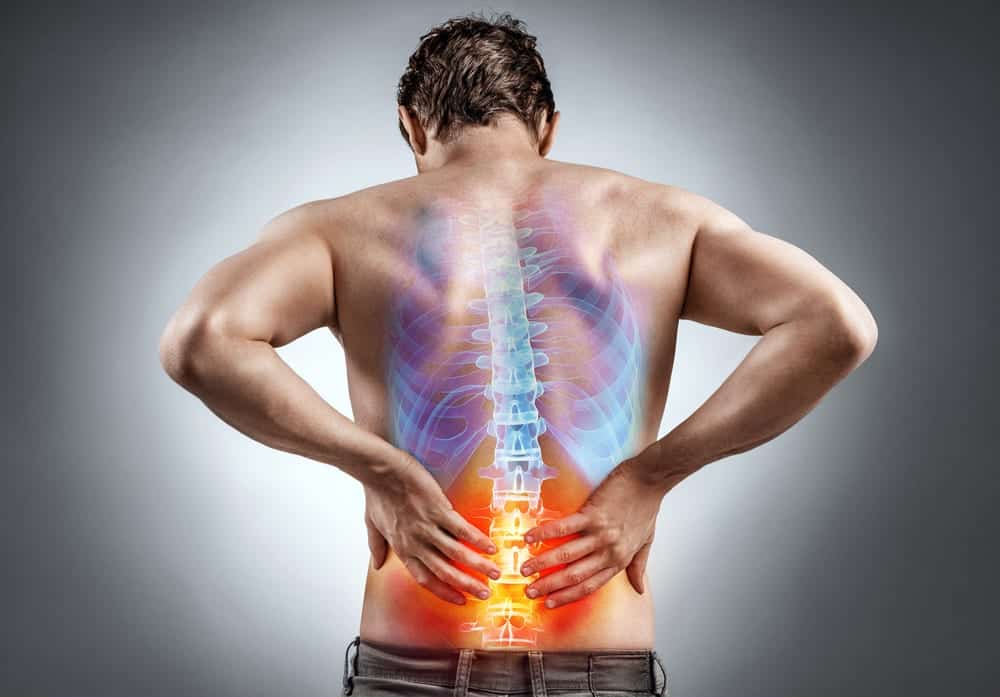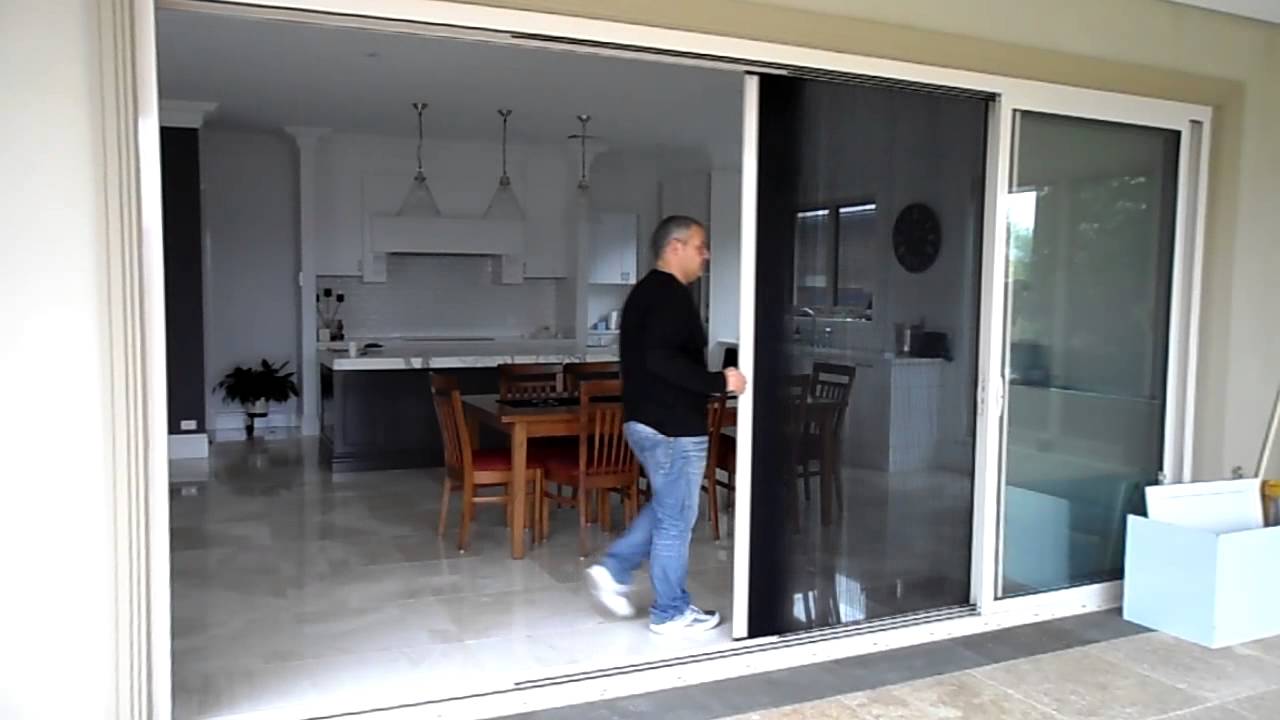Because chronic pain is complicated, it may take some time for a person to discover the most effective pain management techniques. There are other options to explore, including medication therapies, yoga, and hot and cold therapy.
A medical condition or an injury can cause chronic pain. According to medical authorities, pain is considered chronic if it persists for more than three months or after the typical recovery period for the underlying illness or injury.
Every aspect of a person’s life, including employment, social interactions, sleep, and mental health, can be impacted by chronic pain.
This page discusses pain relief techniques and their efficacy, as well as what pain management is.
What is the prevalence of chronic pain?
The Centers for Disease Control and Prevention (CDC) estimate that in 2016, 8% of people in the US had high-impact chronic pain and 20% of individuals in the US experienced chronic pain.
The World Burden of Disease Study, 2017According to Trusted Source’s estimates, the majority of people who live with chronic pain are doing so because pain and pain-related disorders are the primary cause of disability globally.
There are other medical and mental health disorders that are linked to chronic pain, such as depression.
sleep issues
social distancing excessive medication use
What does pain management entail?
Techniques to lessen and regulate a person’s long-term discomfort are referred to as pain management.
Medication is not the only approach to treat pain; there are many other options as well.
Methods of action
Numerous physical techniques, such as massage, acupuncture, hot and cold treatment, and physical therapy, can aid in the relief of pain.
Therapy with heat and cold
Pain relief with hot and cold treatment is a popular and secure method.
Heat has the ability to widen blood vessels and relax muscles. It can aid in the recovery process following an injury.
Cold therapy lowers blood flow and the pain-producing inflammation. It usually entails putting an ice pack on the skin that has been wrapped in a towel.
One kind of manipulation of soft tissues is massage. When combined with other pain management therapies like physical therapy and medication, many may find this strategy to be beneficial.
Among the advantages of massage are:
leisure
greater adaptability
decreased stiffness enhanced circulation enhanced posture enhanced stiffness
A review from 2007According to a reliable source, massage therapy may be useful for treating lower back discomfort. Mixed results have been found when looking at its advantages for different kinds of chronic pain, though.
Physical intervention
Physical therapy uses several methods to stretch and strengthen joints and muscles. It can reduce pain in any portion of the body, albeit the precise techniques differ according on the affected area.
Long-term advantages of therapeutic exercise for chronic pain can include improved coping mechanisms.
Massage, fitness regimens, and red light therapy are a few possible techniques.
The use of acupuncture
In acupuncture, a practitioner inserts tiny needles into the skin at specific bodily locations.
Evidence suggests that this practice may help patients manage specific pain disorders, according to the National Center for Complementary and Integrative Health (Trusted Source).
This includes providing momentary relief from osteoarthritis, lower back, neck, and knee discomfort. On the other hand, there’s not much data to support its long-term effectiveness.
The following are acupuncture’s alleged advantages:
pain alleviation, decreased inflammation, and relaxation
decreased spasms of the muscles
In general, acupuncture is safe when done by qualified professionals with sterile needles.
Mind-body methods
Many people find that techniques that integrate psychology and the body can be helpful in managing chronic pain.
Cognitive behavioral treatment
Cognitive behavioral therapy (CBT) and other talking therapies are psychological treatments for chronic pain.
The goal of psychological therapies is to lessen the detrimental effects that long-term pain may have on an individual’s mental state.
According to a 2013 review, cognitive behavioral therapy (CBT) is more effective than employing no tactics at all at lowering pain right away following treatment.
The review also revealed no proof that cognitive behavioral therapy (CBT) could lessen chronic pain. Nonetheless, the method helped to improve quality of life and lessen anxiety related to pain.
Yoga stretches the body to maintain flexibility, strength, and relaxation; different positions target different parts of the body.
According to a 2010 study (Trusted Source) on yoga’s impact on chronic pain, practitioners found that while it did not lessen their pain, it did help them cope and gave them greater control over how their pain affected their daily lives.
Nonetheless, additional research (Trusted Source) has shown that yoga is useful in lowering pain.
People can practice yoga at home, in a class with an instructor, or by watching videos online as a safe and accessible pain relief method.
Tai chi Tai chi is a form of exercise treatment that combines breathing and relaxation techniques with slow, continuous, fluid body motions. Additionally, the technique is easy on the muscles and joints.
Strength and joint stability can be enhanced by tai chi, and the focus it demands can elevate one’s mood.
A 2016 review, Trusted Source, found some data supporting the technique’s potential to treat chronic pain. It claims that practitioners of tai chi saw benefits in osteoporosis, lower back pain, and chronic rheumatoid arthritis pain.
methods for relaxation
Managing chronic pain can be difficult for a variety of reasons, including the inability to feel in control of one’s own suffering.
The use of relaxation techniques can aid in the relief of aches, pains, and muscle tension and spasms. The body’s natural painkillers, endorphins, can also be released by them.
By relaxing, a person can lessen their stress and improve their sleep, both of which can lessen the effects of chronic pain.
Among the techniques for chronic pain relaxation are:
Deep breathing techniques: Tension can be released by using calm, slow breathing techniques like box breathing.
Progressive muscle relaxation: From the head to the toes, tens and relaxes each muscle group for ten seconds at a time. Pay attention to your breathing and stay away from any sore muscles.
Calm thought: Take five minutes to visualize a serene environment, such a beautiful afternoon in the park with verdant trees and the sound of birds singing.
Calming activities: Schedule time for soothing pursuits like reading a book, crafts, or taking a warm bath.
medication therapy
There are many different drugs available to treat pain. Drugs vary in their classes and types, and some may be better suited for a certain individual than others.
Anti-inflammatory non-steroidal medications
A class of pharmaceuticals known as nonsteroidal anti-inflammatory drugs (NSAIDs) is used to treat pain and inflammation. They can be purchased as tablets, capsules, or skin care products like gels or creams.
NSAIDs, however, have the potential to harm some people’s stomachs and cardiovascular systems. Consult a physician prior to starting an NSAID treatment plan.
Opioids
Since they can be addictive, opioids are usually only used for brief periods of time and can only be used to treat moderate-to-severe pain.
CDC recommendations According to Trusted Source, consumers should only use opioids when the advantages outweigh the drawbacks.
Since most opiate users take them for brief periods of time, there is little evidence that this medication is effective for chronic pain.
In conclusion, there are numerous approaches of managing chronic pain, and many of them are simple to use and readily available.
The majority of pain treatment methods seek to lessen chronic pain or enhance coping mechanisms.
To ensure that a person can safely practice certain pain management techniques, such as acupuncture, physical therapy, and yoga, it is recommended to do so in the company of a licensed professional therapist.
Consultation with a physician is advised prior to starting any new medicine. This is to ensure that they are secure, won’t exacerbate pain, and won’t interfere with any other medications a patient may be on.


